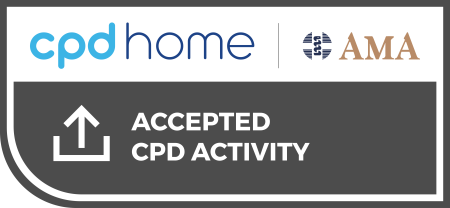This practical, exam-focused course equips International Medical Graduates with the skills and confidence to perform physical examinations under AMC Clinical exam conditions. With an emphasis on technique, interpretation, and patient communication, the course breaks down each system into logical, high-yield steps aligned with AMC expectations.
Covering all core examination stations—cardiovascular, respiratory, abdominal, neurological, and musculoskeletal—the course demonstrates what to do, what to say, and what the examiner is assessing. Ideal for candidates who want to eliminate hesitation and present polished, clinically sound assessments within the 8-minute format.
What You’ll Learn:
-
Perform all key physical examinations expected in the AMC Clinical exam
-
Recognise abnormal signs and integrate findings into a working diagnosis
-
Narrate your examination fluently while maintaining professionalism
-
Manage time and sequence during limited-station OSCE scenarios
-
Understand what examiners are looking for in technique, flow, and interpretation.
What’s Included:
-
Step-by-step video demonstrations of each physical exam
-
Verbal scripts and clinical reasoning guides
-
Visual cues for abnormal signs and expected findings
-
Tips on timing, transitions, and examiner expectations
-
Integrated recall-based learning using common exam cases
Target Audience: International Medical Graduates preparing for the AMC Clinical Exam who want to master physical examination techniques in a focused, exam-oriented format.
Learning Outcomes
Clinical Knowledge and Assessment
-
Demonstrate structured physical examinations for all major systems in alignment with AMC Clinical exam expectations
-
Identify and interpret key clinical signs, differentiating between normal and abnormal findings
-
Integrate examination findings with clinical reasoning to form working diagnoses
-
Apply safety, consent, and patient-centred practices during physical exams
-
Understand examiner scoring domains including technique, sequence, communication, and interpretation.
Specific Clinical Competencies, perform and interpret physical examinations for:
-
Cardiovascular system – including inspection, palpation, auscultation, and identification of murmurs and pulse abnormalities
-
Respiratory system – with focus on breath sounds, percussion, and interpretation of signs like wheeze or crepitations
-
Abdominal system – including organ palpation, ascites testing, and signs of acute abdomen
-
Neurological system – covering cranial nerves, upper and lower limb exams, cerebellar signs, reflexes, and coordination
-
Musculoskeletal system – joint-specific exams (shoulder, knee, hip, spine) with assessment of range of motion and functional testing.
Practical and Communication Skills
-
Narrate physical examinations fluently with appropriate clinical language
-
Ensure patient comfort and safety through clear instructions and consent
-
Perform examinations confidently within the time constraints of the AMC OSCE
-
Adapt examination sequence and focus based on the clinical vignette
-
Respond appropriately to examiner prompts or abnormal findings during the station.
Details
Cost: Varies, depends on your subscription type with Learnmedicine
Disclaimer: Please note, once you click 'Register now' you will be leaving the AMA’s CPD Home website and entering a third-party education provider’s website. If you choose to register for this learning, you will need to provide some of your personal information directly to the third-party education provider. If you have any queries about how third-party education providers use, disclose or store your personal information you should consult their privacy policy.
Upon completion, your CPD activity record may take up to 4 weeks to be reflected on your CPD Home Dashboard.
